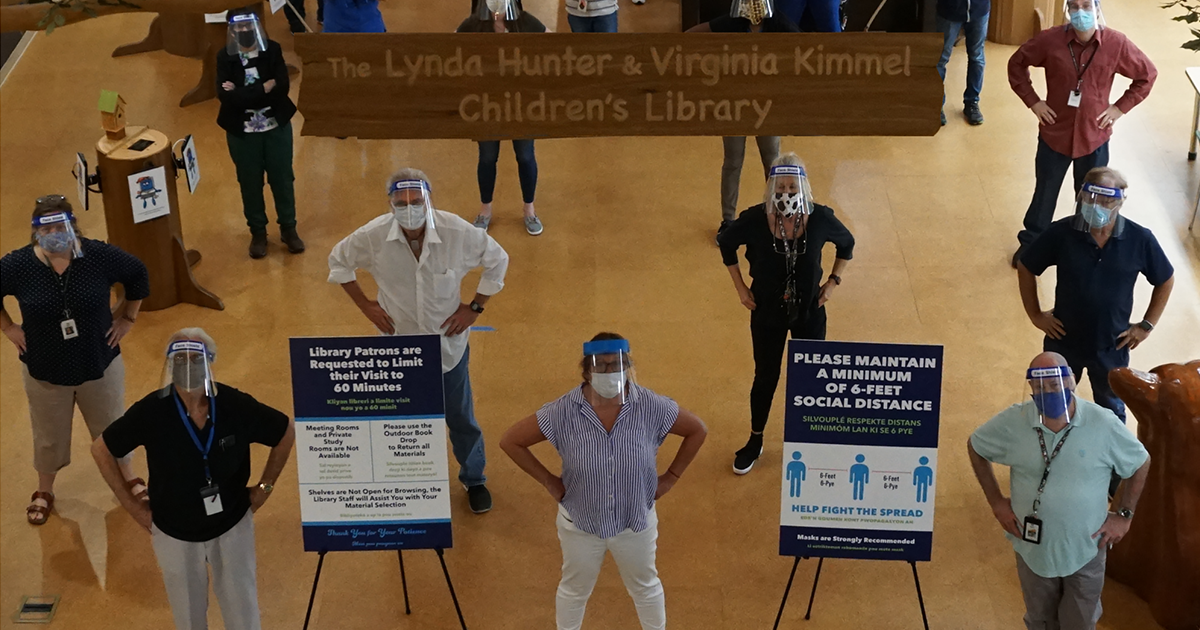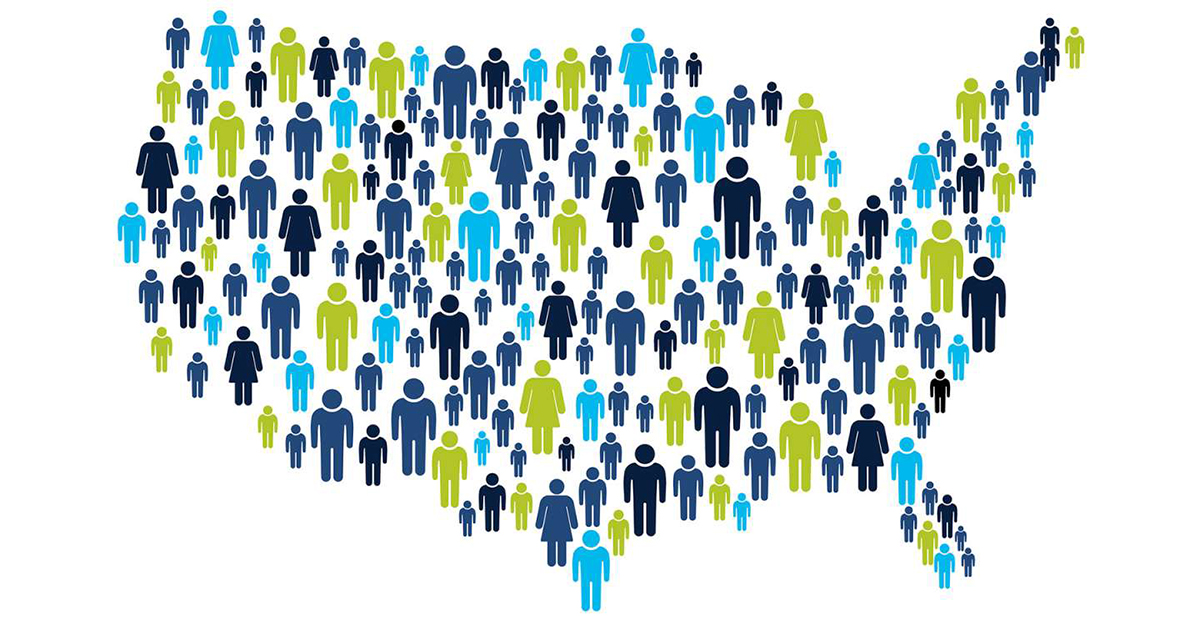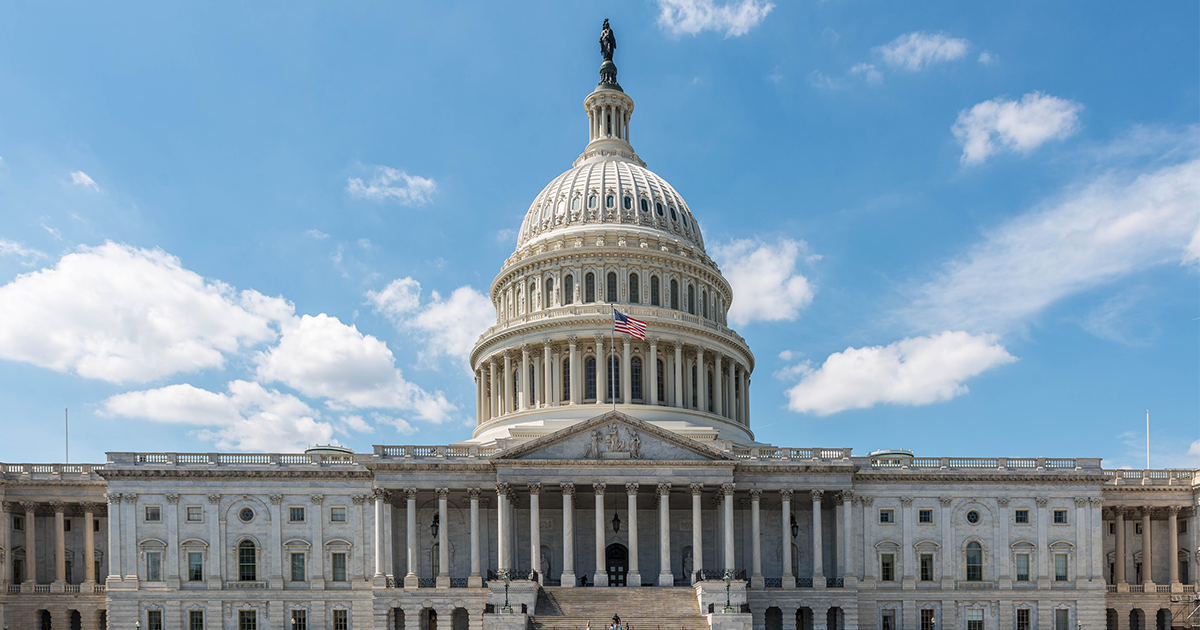This Is What 2020 Was Like at America’s Libraries
2020 was a year like no other—and libraries were no exception. Amid the unprecedented COVID-19 pandemic, libraries had to act fast, transforming their resources and services to meet the rapidly changing needs of their communities.
The American Library Association’s State of America’s Libraries Special Report: COVID-19 sheds new light on the challenges libraries faced in 2020. The picture it paints is clear: libraries never wavered in their commitment to literacy and digital access, even while battling public health threats and major budget cuts.
“Libraries also extended necessary lifelines to community members facing job losses, healthcare crises, and remote work and learning during an unprecedented and uncertain time,” ALA President Julius C. Jefferson, Jr. wrote in the report’s introduction. “Library professionals answered the call to serve amid multiple emergencies and again proved to be essential ‘first restorers’ or ‘second responders.’”
Here are some of the report’s key highlights:
- Readers went digital during the pandemic. Libraries using the digital lending service OverDrive loaned out 289 million ebooks in 2020, a 40% increase from 2020.
- Public, school, and academic libraries developed innovative services to keep their communities engaged and entertaining while social distancing, from online scavenger hunts to a book club hosted on kayaks. They also addressed the digital divide by loaning out internet hotspots and leaving their Wi-Fi on for people to use in their parking lots.
- With the nation reeling from COVID-19, police violence against Black Americans, and a high-stakes presidential election, libraries developing resources and programs to support and inform their communities.
- Voters showed up for libraries at the polls. Of more the 100 library-related referenda on local ballots last year, 90% passed, providing much needed support to libraries and their staff.
- On top of the pandemic, many libraries and schools found themselves fighting censorship, with community members attempting to ban books relating to racial justice or LGBTQIA+ stories. ALA’s Office for Intellectual Freedom tracked 156 book challenges in 2020; these are the ten most targeted books.
To learn more, check out the full State of America’s Libraries Report.
Lead photo courtesy of Delray Beach Public Library.








